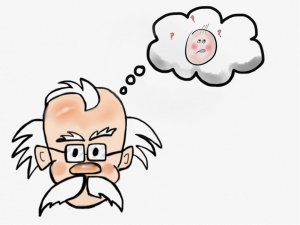 There are some days that I find it very easy to make decisions. My brain seems to be in the right gear and it feels quite natural which way I should go. Other days there seems to be a fog of questions and I feel like making a decision is like wading through treacle.
There are some days that I find it very easy to make decisions. My brain seems to be in the right gear and it feels quite natural which way I should go. Other days there seems to be a fog of questions and I feel like making a decision is like wading through treacle.
Some people also strike me as being very decisive, whilst others tend to do more dithering than deciding. So how can we help others to make decision making, easier?
In this series of blogs, I have been looking over the latest research from the CIPD on neuroscience and looking at how I can apply this practically to what I do as a trainer. I have in the past run workshops on decision making, which this, I might add would have been really useful for! In the paper on Cognition, decisions and expertise (1) it discusses two types of thinkers:
- System 1 - the intuitive type thinkers
- System 2 - the analytical type thinkers
In reality people flit between the two modes, but the real interest lies in those who are experts in their field. How do they make decisions so quickly? The research suggests that experts do very little thinking, they just recognise familiar patterns. Pennington and Hastie suggest that people create stories. One of their examples looked at jurors and found that they looked at evidence and facts and then filled in the stories with their own assumptions. Interestingly though, Simon and Chase(1973) proposed that it took 10 years to become an expert in anything, whereas Ericsson et al(1993) suggested it took 10,000 hours. There are some things, which can help people to come to decisions more quickly:
- Use tools such as PESTLE, SWOT and fishbone analysis in your own and group decision making. This will help make decisions more deliberate and thoughtful
- Do your thinking out loud with a someone. Hearing what you are thinking helps the process.
- Write things down, so that you can easily reflect on it. This creates a different dynamic in our brains.
1) Fresh thinking in L&D Part 2 of 3 Cognition, decision and expertise CIPD Feb 2014











